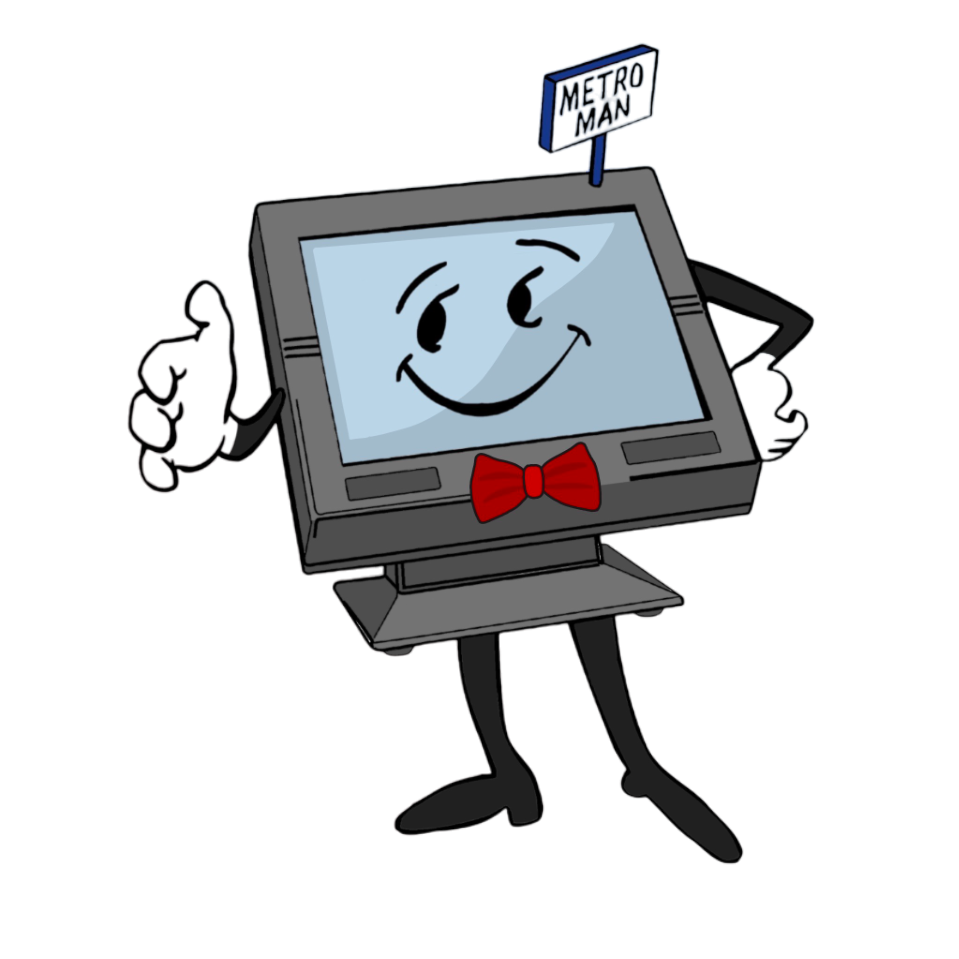
Remote Reporting at Events: What’s It Worth?
One of the great things about technology is the time saving capacity associated with automating mundane tasks. Everyone is looking for ways to squeeze as much time out of the day as possible. As most event coordinators know, time really is money. When you rely on making your money over the course of a single week or maybe just a weekend, you have to breathe productivity. It has to be second nature.
When you’re up against the clock, every minute of the day, what are your options for saving time? At the end of a 14,15,16-hour sales day, the last thing you need is to spend hours going from register to register, stand to stand running reports, hand entering data into a spreadsheet, and calculating inventory numbers to do it all again tomorrow. That seems like the perfect place to implement a time saving, technological advancement.
Granted, the technology to perform remote reporting has been around a long time. A system that allowed inter-terminal communication was first implemented by a chain of department stores in 1973. The earliest microprocessor used in a point of sale system was developed for McDonalds in 1974. This allowed for price changes and reports to be performed from any terminal if changed to manager mode. After several iterations, POS systems became much more accessible when they were integrated into a Windows platform in 1992. Until very recently, all these options required a great deal of infrastructure to operate. This left short-term, pop-up retailers with no alternatives in locations that didn’t have the necessary hard lines already in place.
In the last few years, cellular data transmission and cloud based storage have leveled the playing field for the event industry. Now, connecting a compatible wireless router to a cash register can facilitate sales data transmission. Tablet-based POSsoftware offers an even more mobile option for making sales and consolidating sales figures in the cloud.
Now, let’s do a little real world analysis of what using a technology like this does to the bottom line for a few sample events. These examples represent a events of differing scopes.
Scenario #1 Merchandise sales at a 3 day conference. Eightcash registersare used to keep track of the sales of 450 items that include clothing of various sizes and styles, reference materials, books and CDs or digital download cards. All the terminals are set up in the same store area.
Scenario #2 Concession sales at a week-long festival. In this instance, there are a total of 120 registers in 30 locations spread out across the fair grounds. Each stand has between 10 and 50 items they are selling, with an average of 24 items. There are also 18 different vendors, some overseeing multiple stands, which need to receive their own reports as well.
To collect and record the information from paper reports, here are some reasonable estimates on the time it takes for each step.
The average travel time between locations is 2.5 min.
Printing, gathering and organizing the reports at each stand can be done in 5 min per stand.
Entering the data from each report into a spreadsheet takes about 2 minute per report.
The item report takes time to find each item on the spread sheet, match it to the printed report and record the number of items and dollar amount. Short lists mean items are easier to find and take less time, around 18 items per minute. Long lists take more time to match items and cuts productivity down to 10 items per minute.
Scenario 1
To gather the reports, here is the time required. 2.5 min to get to the register area + 5 min to run/collect the reports + 2.5 min to get back to the office =10 min
To enter the data from the financial reports; 2 min x 8 registers =16 min
To enter the data from the item reports; 450 items/10 items per min x 8 registers =360 min or 6 hours
In total, that’s 6hr 26min per day x 3 days = 19.3 hours of time spent.
You may have someone to do the running around and entering data for you, for maybe $15-20/hour. More than likely, you would want a trusted individual on the financial team or even yourself doing this type of work.
Scenario 2
To collect reports for the festival, here is the time involved. 2.5 min x 30 locations + 5 min x 30 locations =225 min
To enter data from financial reports: 2 min x 120 reg =240 min
To enter data from item reports: 24 items/20 items per min x 120 registers =160 min
When we total this time, we get 225 min + 240 min + 160 min =625 min or 10.4 hours per day
Over the full 7 days of the event that comes to72.8 hoursspent on reports.
Again, who is designated to perform these tasks? To make sure they are done in a timely manner, it may take several people. There are cases where the festival organizer needs to know overall totals and each vendor wants to know their own sales numbers. In this instance, data entry efforts would be doubled, or one party is stuck waiting for the other to pass the info along. There is also a good chance you will want to know what the sales are after the lunch rush or after a certain session lets out. That means another round of running and collecting reports.
How much more could you get done if you had an extra 6 to 10 hours a day? How much could you save if you could reduce payroll by one or more people per day? How beneficial is it to you not to add a few more hours to your already long day waiting for reports? Consider the value in tracking your inventory, and verifying you are getting paid for each item.
The alternative is using electronic data transfer and cloud based reporting. This all but eliminates the time spent collecting reports and manually entering data. At any point during the day you can get an up-to-the-minute snapshot of your sales, segmented however you like; by vendor, stand, register or the entire event. The only time involved is in pulling up the website and selecting the type of report you want to see.
The reality is, during your event, there simply aren’t any extra hours. Therefore, it either becomes someones full time job to enter all the inventory data overnight or the next day, or it doesn’t get done. The ability to continuously check your sales, see what your top sellers are and preemptively coordinate restocking means you greatly reduce the risk of customers not getting what they want. It also speeds things up when they don’t have to wait for product to be delivered. Selling more items, and selling them faster means an increase in revenue. The bottom line, you’ll save on staffing and increase sales.
For a complete analysis of your specific event, contact American Metro for aFree Point of Sale Project Profile. With just a few simple questions, we will provide you with a cost/benefit comparison and help determine the ideal point of sale solution for you.
BUSINESS HOURS
- Monday-Friday: 8am to 4:30 pm CST
- Saturday: Closed
- Sunday: Closed
You can also reach our support hotline 24 Hours a day: (888) 645-4876

